The Twelve Tribes of Israel
1200 BCE
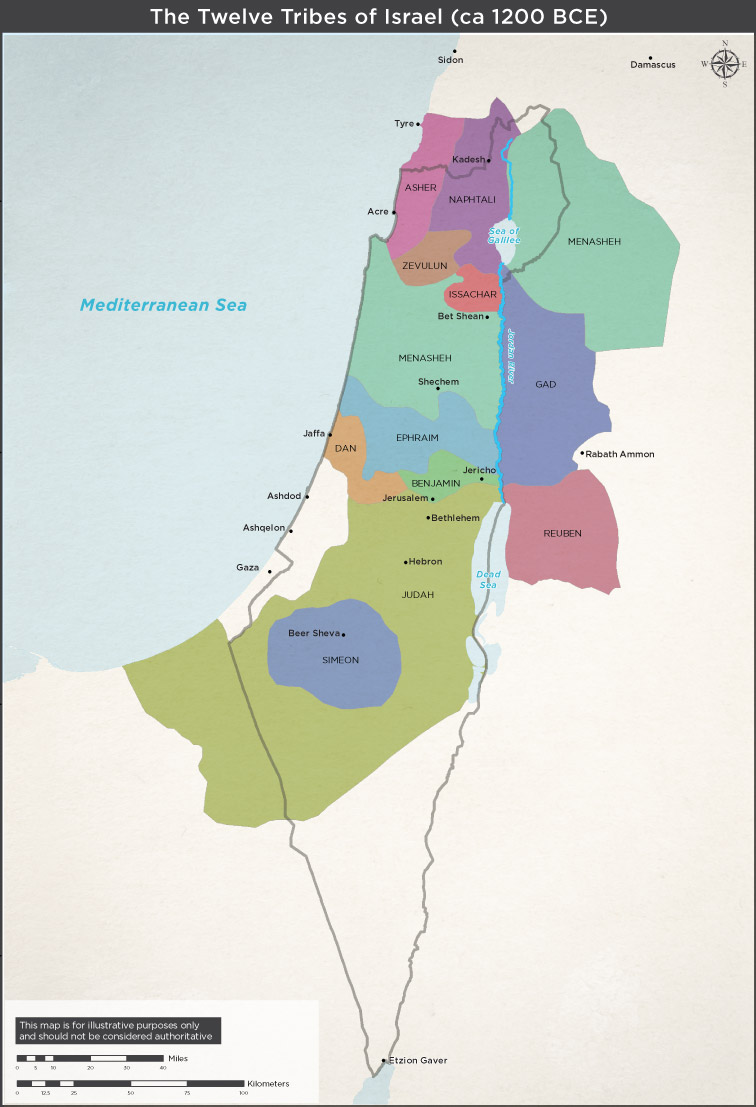
Source: MFA
| Tribes of Israel (1955 Series) |












|
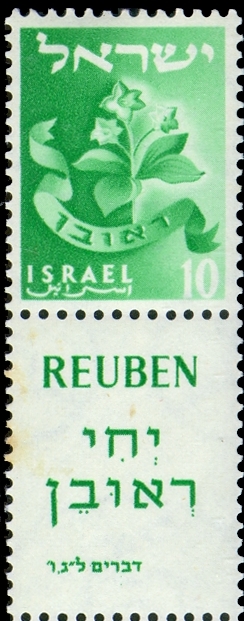 The mandrakes in Reuben's coat-of-arms are based on the episode related in Gen. 30, where young Reuben brought his mother Leah mandrakes from the field. The biblical phrase on the tab is from Deut. 33:6, "Let Reuben live. " 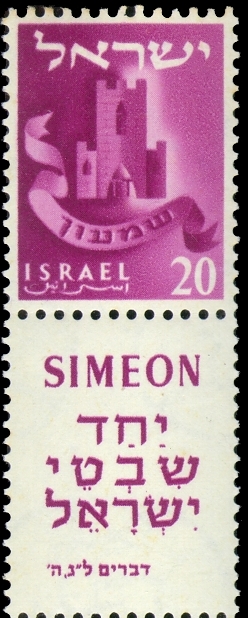 Simon was one of the strongest tribes during the wandering in the desert but later became one of the weakest in consequence of losses suffered during the battles for the Promised Land. It was eventually absorbed by mighty Judah. Formerly the city of Shechem was situated within the boundaries of Simon and the gate of the city therefore appears on the tribe's The biblical phrase on the tab is from Deut. 33:5, " . . . and the tribes of Israel were gathered together."  The Levites "kept the charge of the tabernacles of testimony" (Num. 1:53); they had no territory of their own and were dispersed among the other tribes. Their emblem was the ephod of the High Priest on which were engraved, upon precious stones, the names of all tribes. The biblical phrase on the tab is from Deut. 33:10, "They shall teach Jacob thy judgments, and Israel thy law. " 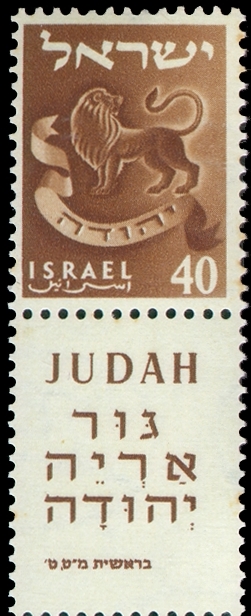 The most famous heraldic symbol belongs to the tribe of Judah, which displayed a lion on its shield. This tribe became the most powerful and constituted the Kingdom of Judah. The lion is the symbol of strength and is featured as such in innumerable works throughout the ages. This animal is one those most frequently mentioned in the Bible, appearing about 130 times under 6 different names. The biblical phrase on the tab is from Gen. 49:9, "Judah is a lion's whelp." 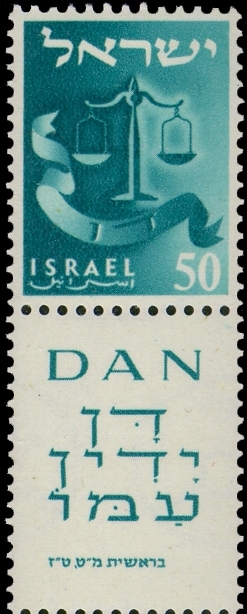 The original area of the tribe of Dan extended from Jaffa southward. Samson was a son of this tribe. As it could not conquer its entire territory, Dan looked to settle elsewhere and the tribe moved north to the source of the Jordan River, captured the city Laish, and settled there. In Jacob's Blessing Dan was promised that he "shall judge his people" (Gen. 49:16), a reference symbolized by the scales of justice on the stamp. The phrase appears on the tab. 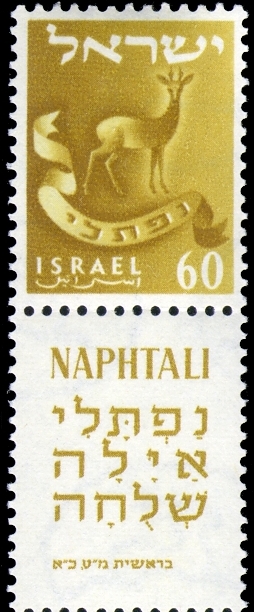 After the conquest of the country, the tribe of Naftali settled in the north where played a central role among the tribes located there. Naftali is represented by a gazelle or running stag. The biblical phrase on the tab is "Naftali is a hind let loose" (Gen. 49:21). 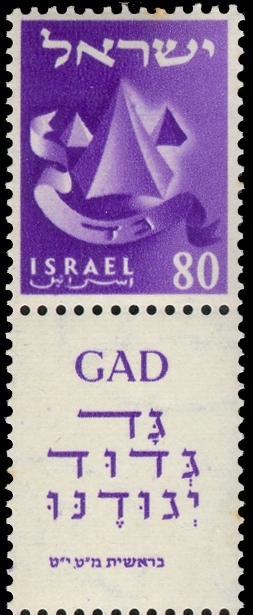 The tribe of Gad settled in the land of Gilead, east of the Jordan. It did battle against Amon and Moab coming from the south, wandering tribes from the east, and Aram from the north. The emblem resembles a camp in reminiscence of the biblical phrase - on the tab - "Gad, a troop shall overcome him" (Gen. 49:19). 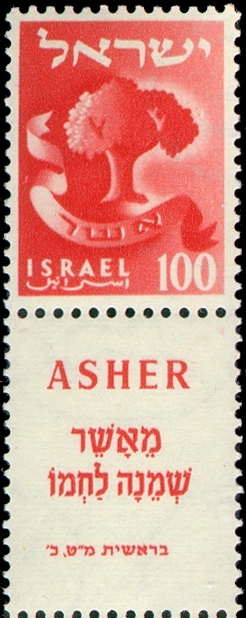 The coastal strip from the foot of Mount Carmel up to Sidon was inhabited by Asher, the fertility of whose land was indicated by an olive tree - or as represented on stamps of the Jewish National Fund or in the synagogue of Aix-la-Chapelle, France - by ears of corn or fruit. The biblical phrase on the tab is "Out of Asher his bread shall be fat" (Gen. 49:20). 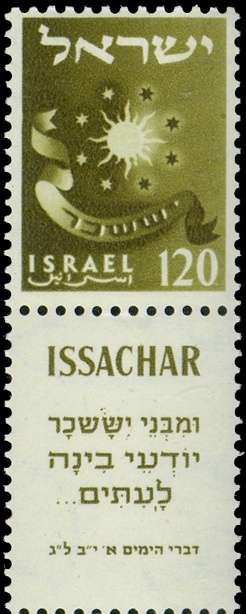 Issachar's territory was the plain of Esdraelon, from the sea to the banks of the Jordan. This tribe is frequently mentioned together with Zebulun indicative of their being neighbors and maintaining close relations. The tribe's emblem of sun and stars is derived from the biblical phrase, "And of the children of Issachar, which were men that had understanding of the times" (1 Chron. 12:32), which appears on the tab. Other representations of Issachar reflect the dependence of this tribe on the Phoenicians, in whose products the tribe dealt - as a carrier of loads (see also Menorah stamp), as a donkey (on the Jewish National Fund stasmp, or as a laden camel in the synagogue of Aix-la-Chapelle). 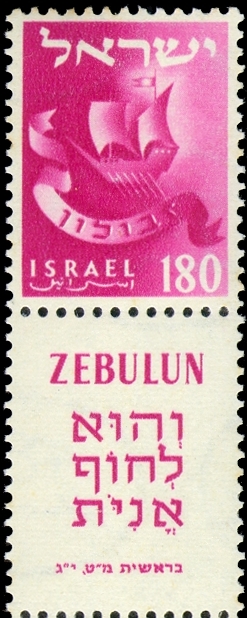 Zevulun settled on the country's seaboard and as symbolized by its emblem was engaged in navigation. This idea is conveyed in the biblical phrase, "Zebulun . . . shall be for a haven of ships" (Gen. 49:13). 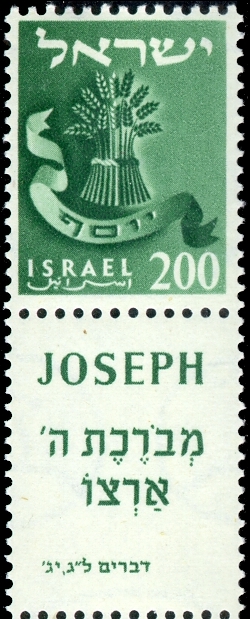 Joseph was the principal tribe in central Eretz Israel, which split into Manasseh and Ephraim. The fertility of Joseph's country is symbolized by the sheaf on the stamp. The biblical phrase on the tab reads, " . . . blessed of the Lord be his land" (Deut. 33:13).  The favorite son of Jacob, Benjamin has remained the symbol of the tender youngest child. The tribe of Benjamin, however, was considered particularly warlike and courageous. To this tribe belonged Saul, the first king, and Jonathan, his son. The symbol of the tribe was the wolf, a predatory animal. The biblical phrase on the tab reads, " . . . in the morning he shall devour the prey" (Gen. 49:27). Sources: Wikipedia and Israel Philatelic Federation |
  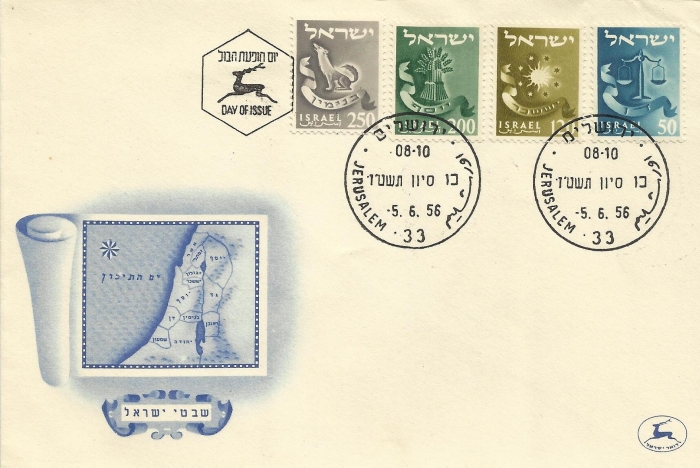 |
Who were the biblical 12 tribes of Israel?
Where are they today?
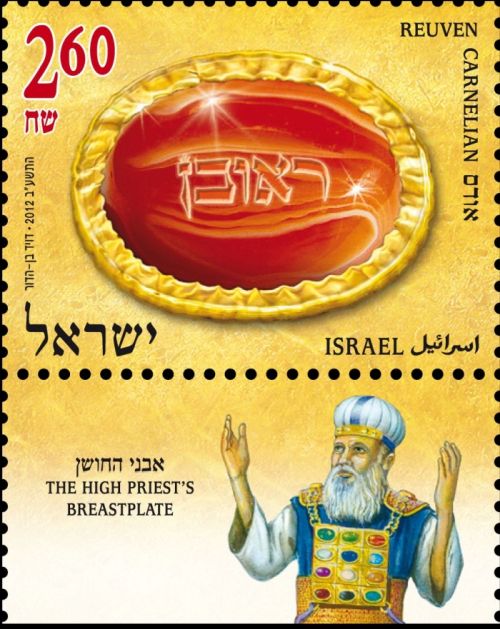 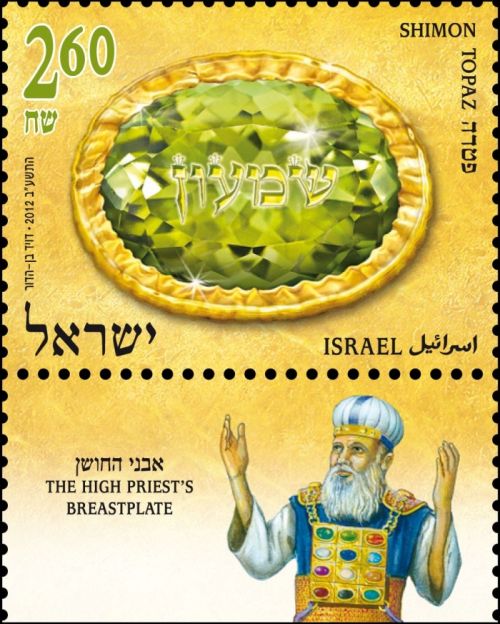 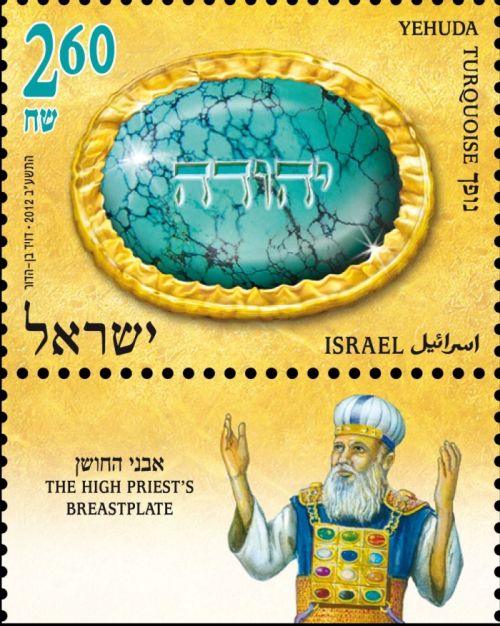 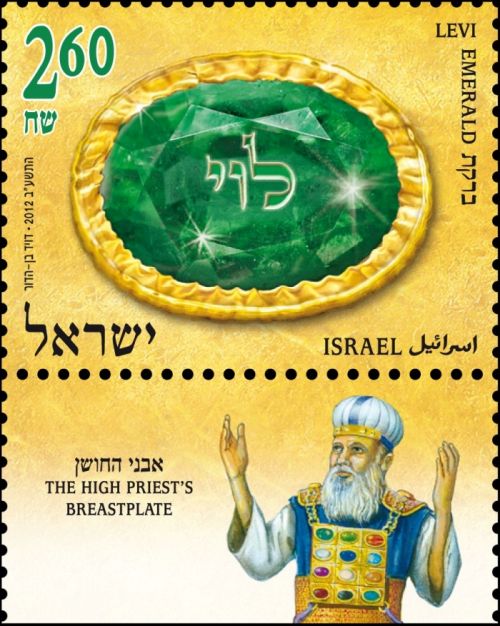  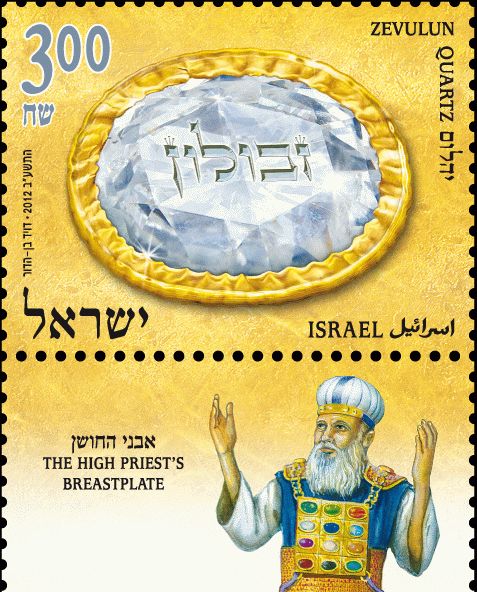 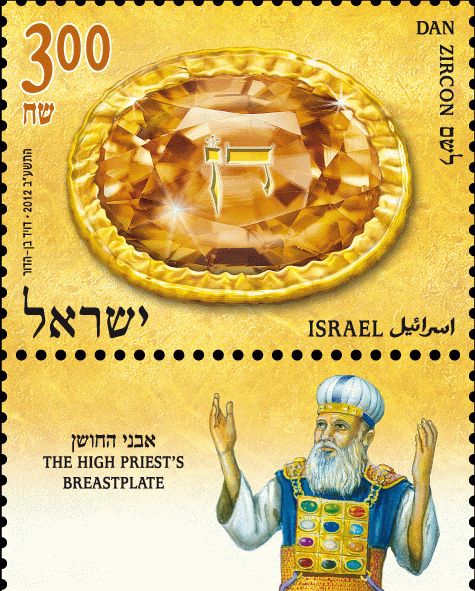 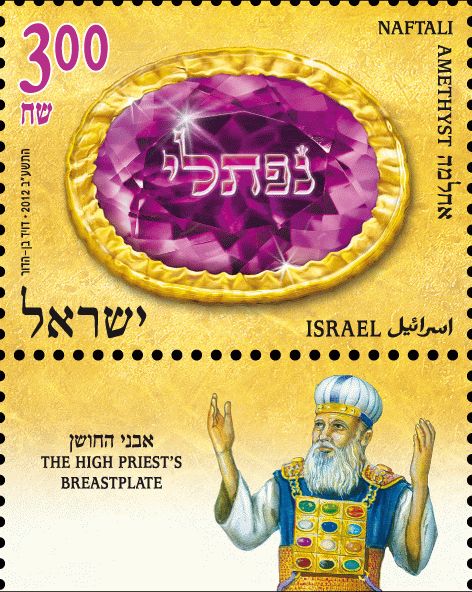 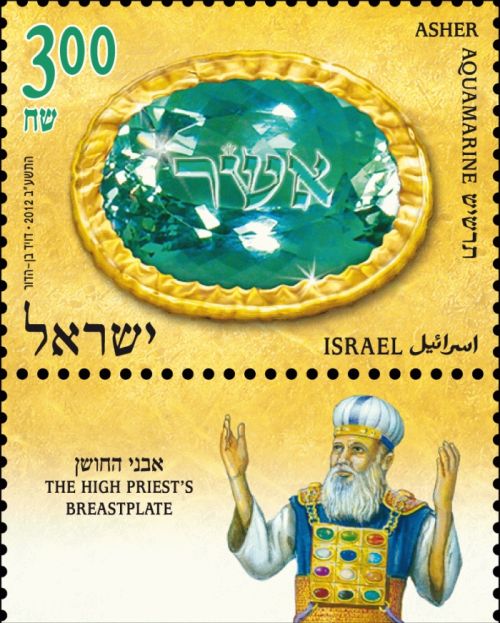 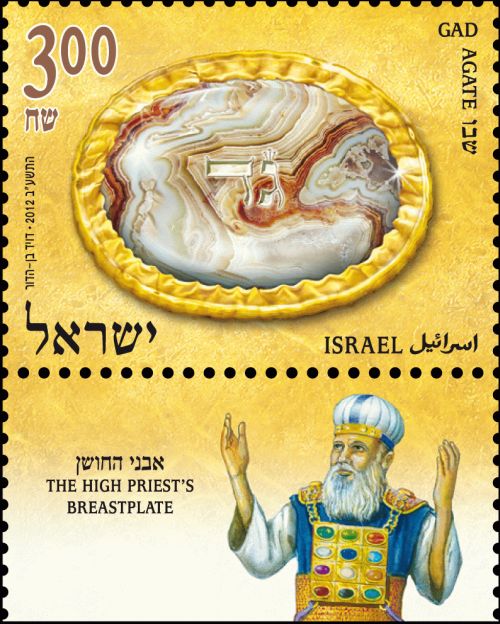 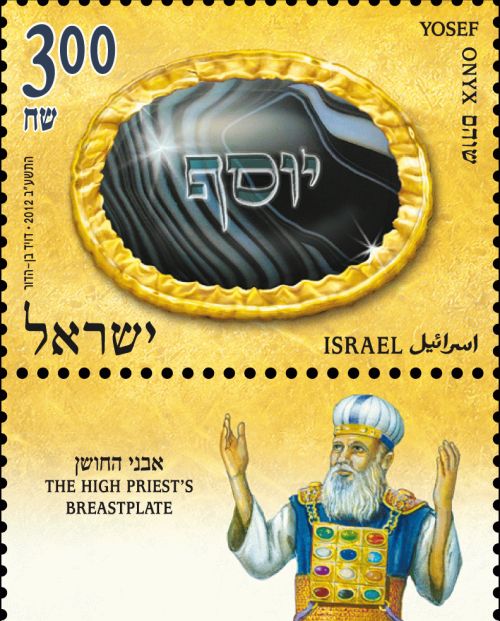 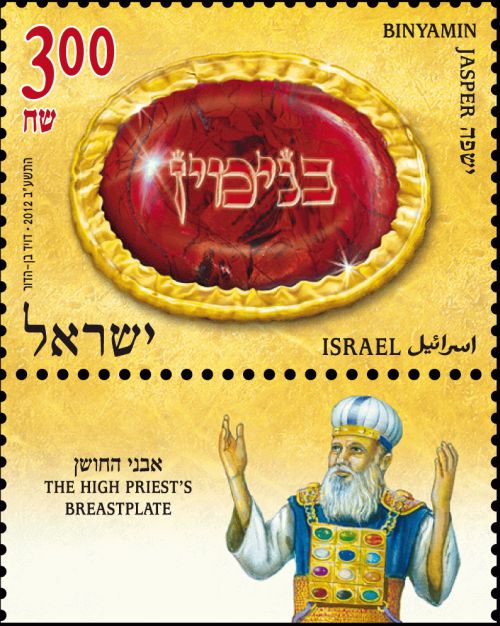 |
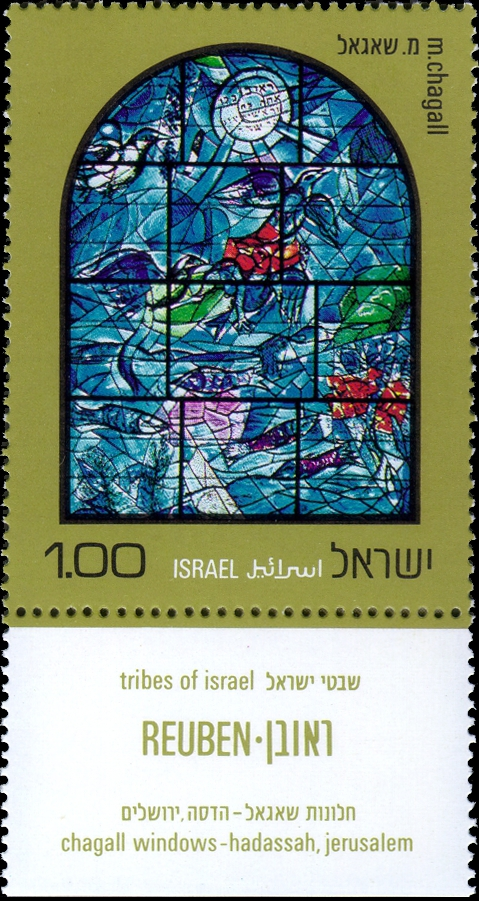 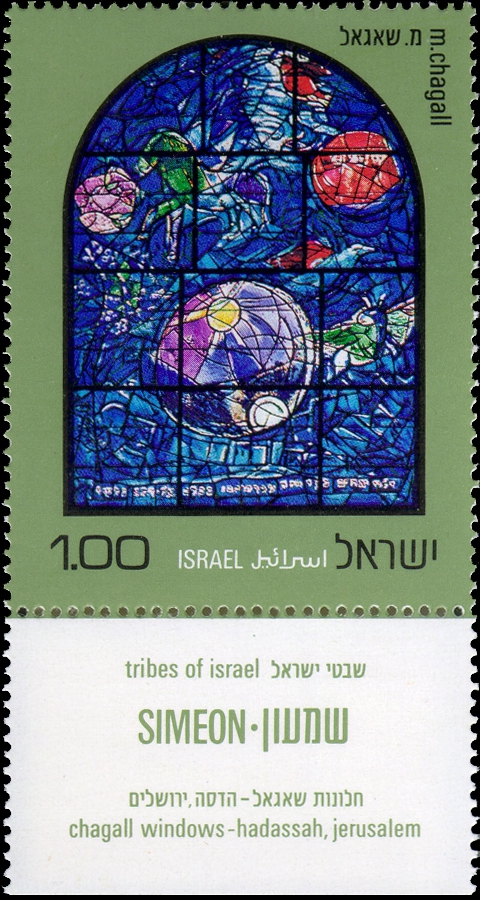   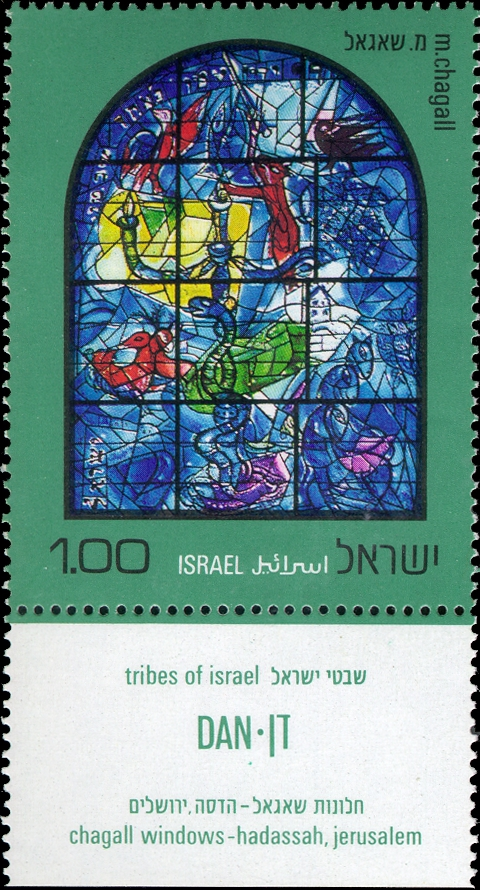 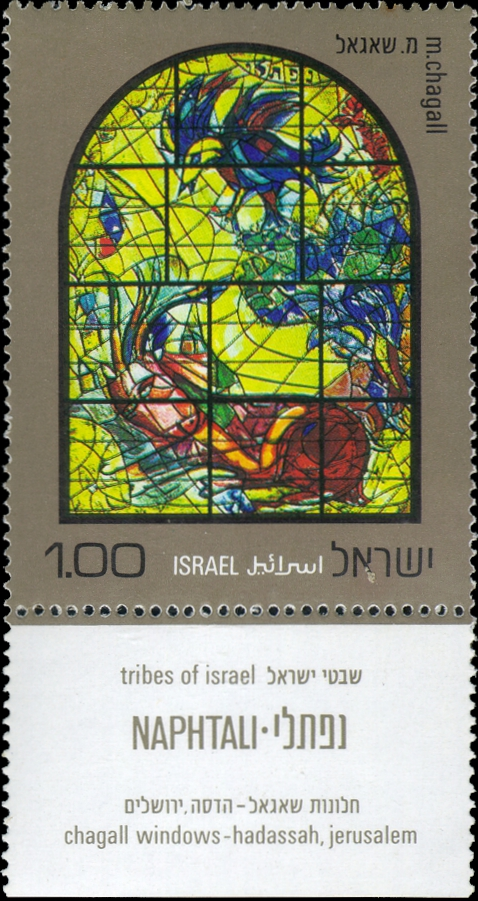 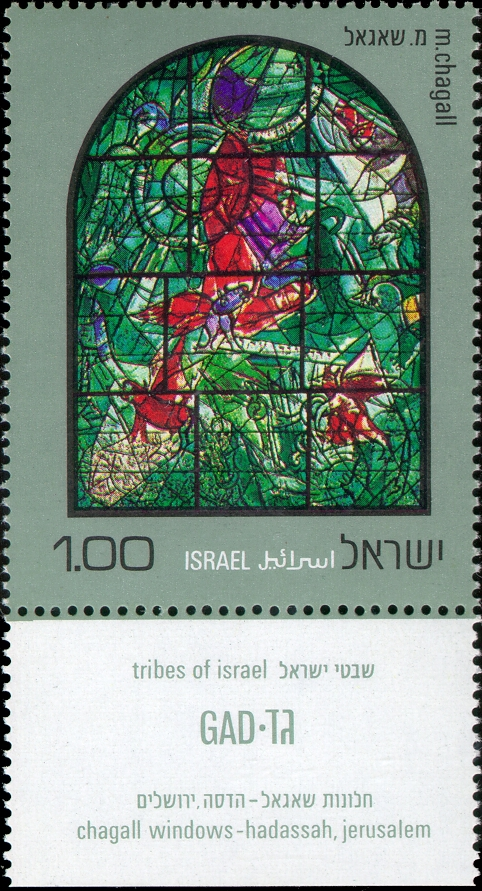 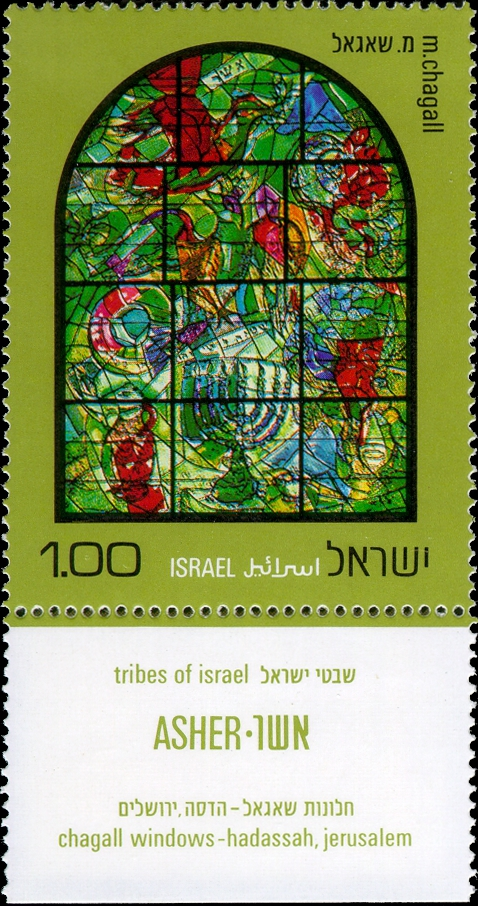 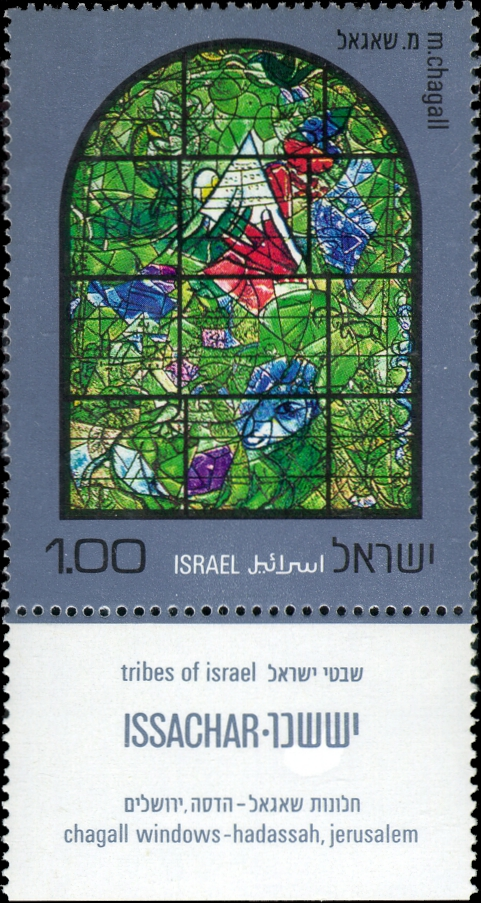 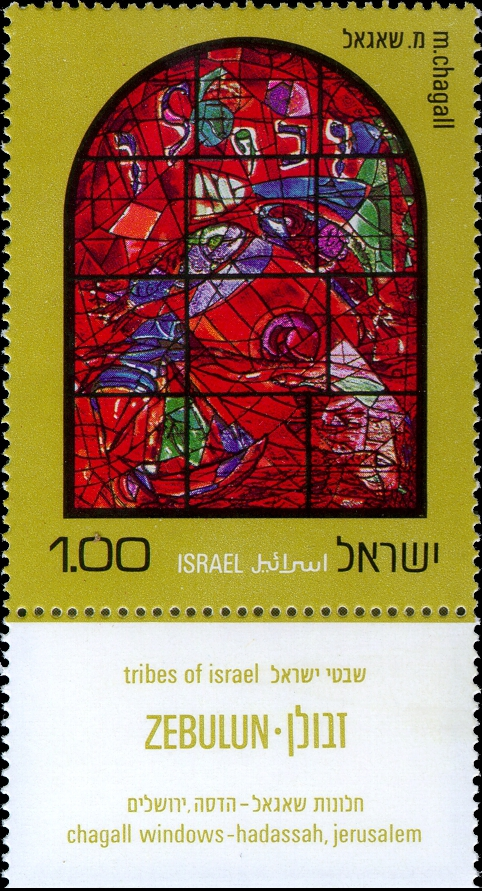 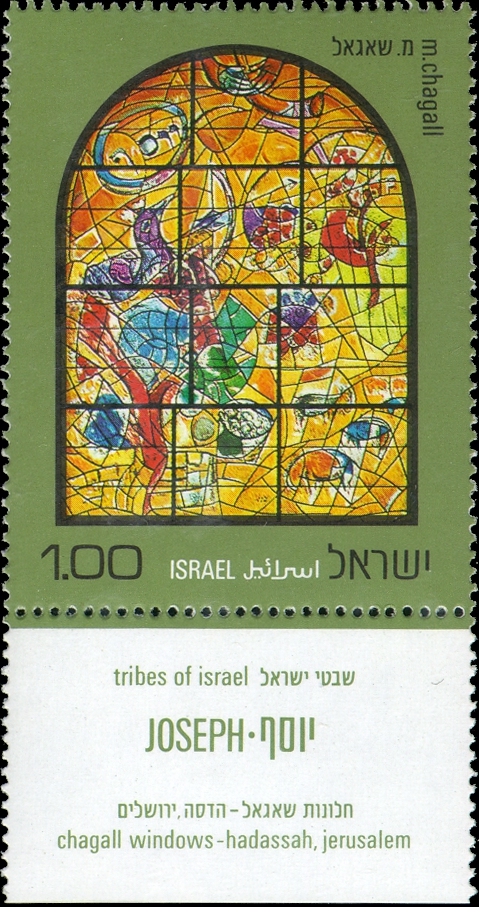 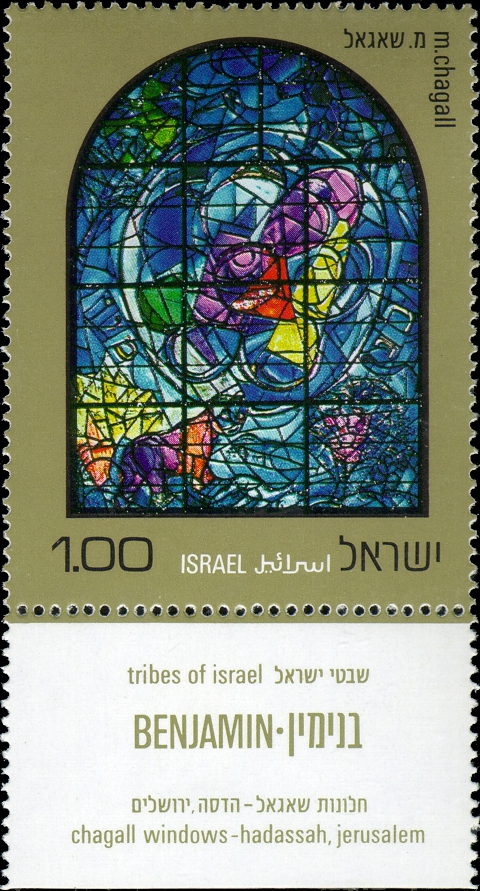 |
Givat Mordechai, Jerusalem
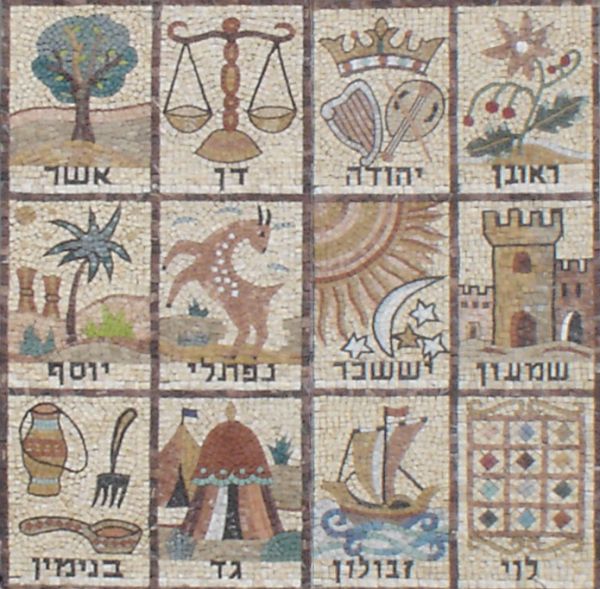
12 Tribes Clock at the Kotel
by Michael Silverstone

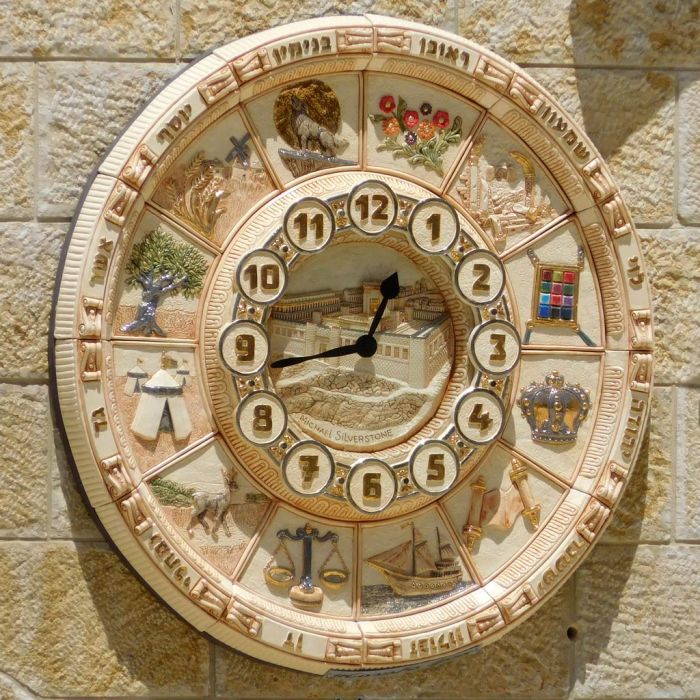
-
For additional information about the tribes:
 Jewish Virtual Library - The Twelve Tribes of Israel
Jewish Virtual Library - The Twelve Tribes of Israel

 Akhlah - Tribes of Israel
Akhlah - Tribes of Israel

 Chabad.org - The 12 Tribes of Israel: The Shevatim
Chabad.org - The 12 Tribes of Israel: The Shevatim

 Nova Kids: Who Were the Tribes of Israel? (Hebrew)
Nova Kids: Who Were the Tribes of Israel? (Hebrew)

 Daat: The Order of the Tribes in the Torah (Hebrew article)
Daat: The Order of the Tribes in the Torah (Hebrew article)

Please click on the Icons to Share this Page.
 |
 |
 |
 |
 |
Click to share by email:
Tribes of Israel
 Jewish History of Yehuda and Shomron
Jewish History of Yehuda and Shomron
 History of Israel Videos
History of Israel Videos
 The Lech Lecha Page
The Lech Lecha Page
 Only in Israel
Only in Israel
 Israel Resources
Israel Resources
 JR Links
JR Links

JR Homepage